Trends
Europe On Nuke Target? Putin’s Ominous Warning To U.S. And NATO. What Do We Know About Russia’s Nuclear Arsenal?
Published
6 months agoon
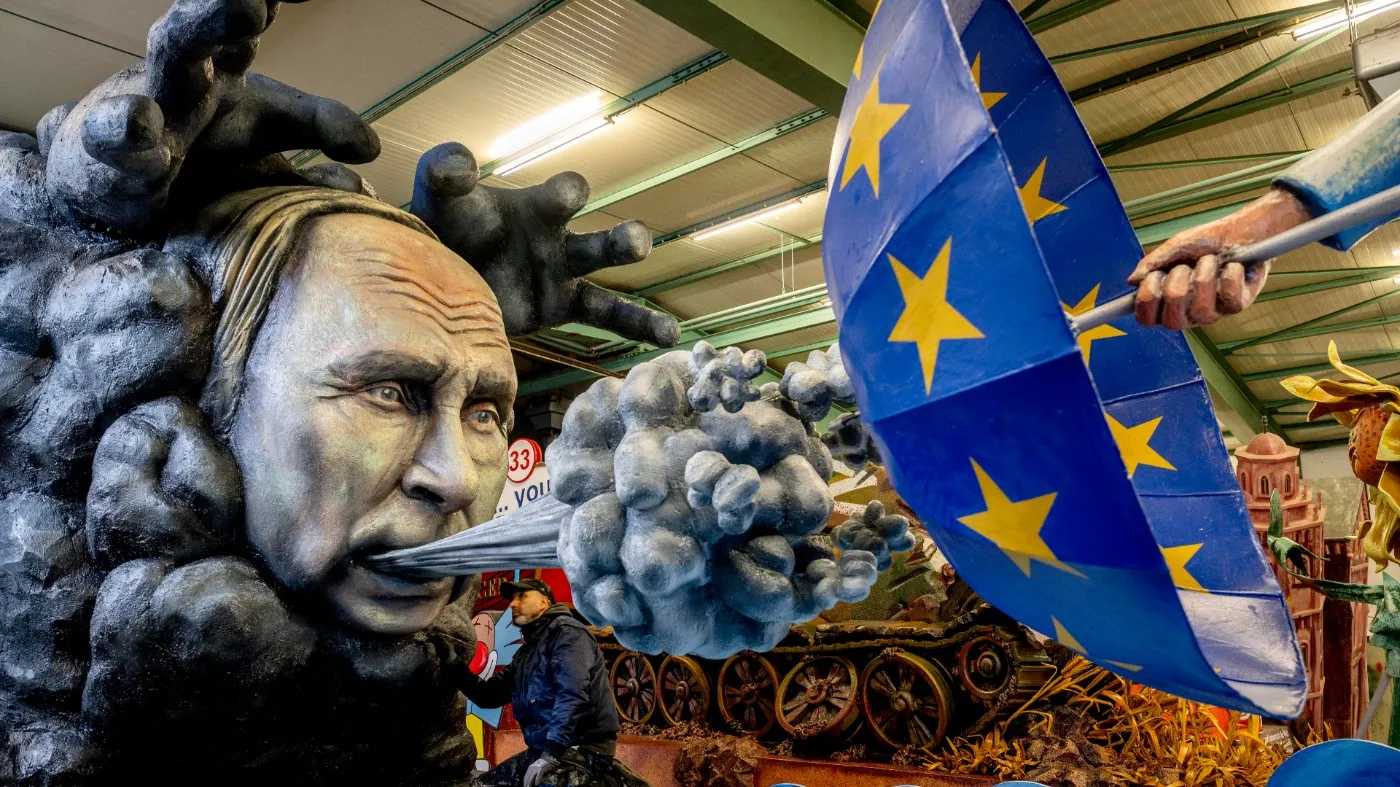
Russian President Vladimir Putin has once again sent chills down the global spine. In a high-profile meeting with military officials, Putin unveiled the new “Oreshnik” missile—an advanced weapon he claims is immune to interception by any current air defense systems. Adding to the tension, he announced that a stockpile of these missiles, which could be armed with nuclear warheads, is already prepared for use.
Putin didn’t mince words. He declared that “no one in the world has such weapons yet,” and implied that, while other nations might eventually catch up, Russia currently holds a strategic edge.
This bold proclamation has left Western nations scrambling to assess the implications, especially as Russia appears to be lowering its threshold for the use of nuclear arms.
A Missile Unlike Any Other And Europe As The Target
The Oreshnik missile, capable of carrying nuclear warheads, was reportedly fired into Ukrainian territory—a move widely seen as a direct response to Ukraine’s use of US- and UK-made missiles targeting Russian soil. Thus, marking a significant escalation in the conflict, not just for Ukraine but also for NATO allies.
Putin’s rhetoric turned even more alarming when he warned that Western military facilities aiding Ukraine could become targets. This is a sharp shift in Russian positioning suggesting that Europe might find itself directly in Russia’s crosshairs if it continues to support Ukraine militarily.
While US Defense Secretary Lloyd Austin and other Western leaders have dismissed the immediate likelihood of a Russian nuclear strike, experts are less optimistic. Russia’s recent amendments to its nuclear doctrine allow for a nuclear response even to conventional attacks on its territory—a move that significantly raises the bar in any future conflicts.
Therefore, could Europe genuinely be at risk of a nuclear strike? And if so, how will the West respond to an increasingly assertive Russia that seems ready to push the boundaries of modern warfare?
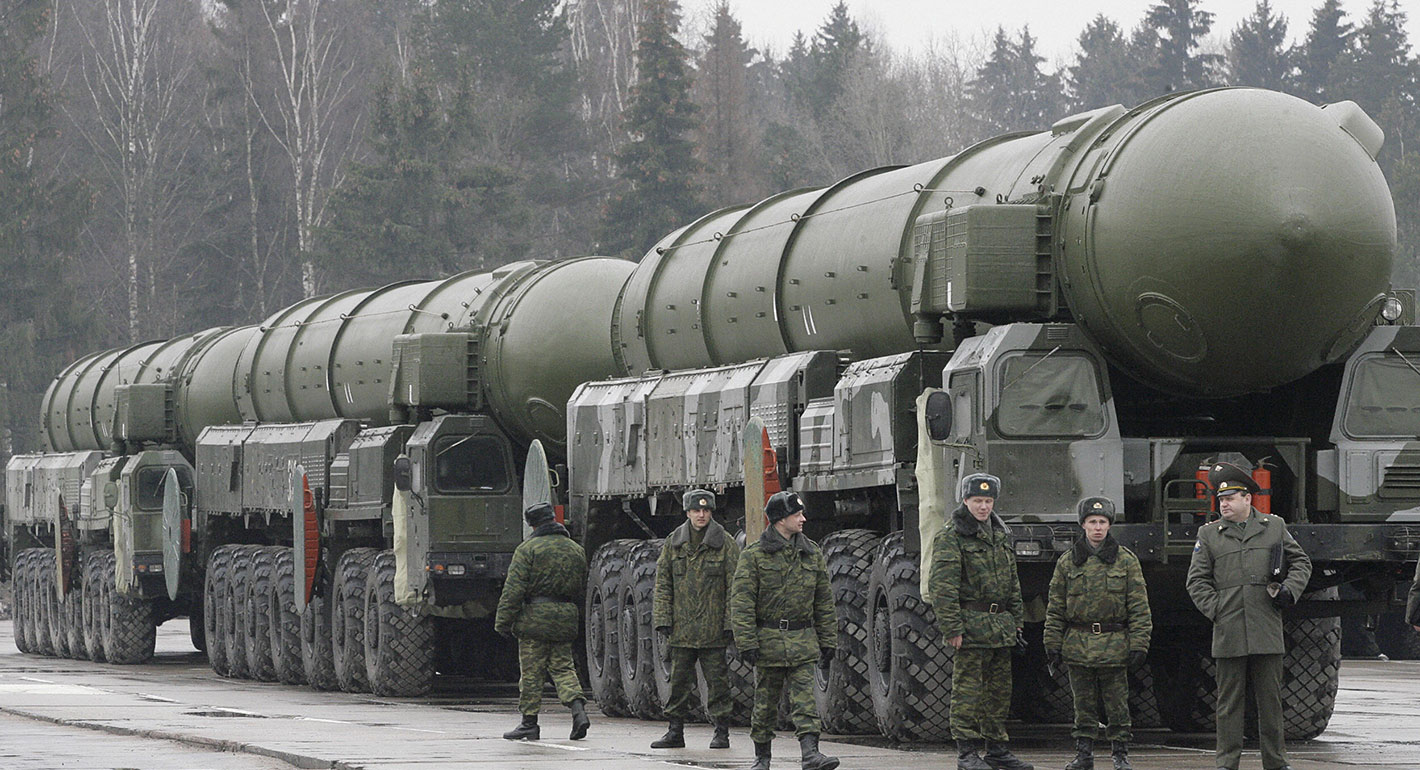
Coming to the next question, how Large is Russia’s Nuclear Arsenal?
Russia holds the world’s largest stockpile of nuclear warheads, estimated at 5,580, accounting for 47% of the global total, according to the Federation of American Scientists (FAS). However, only 1,710 of these are actively deployed—just slightly more than the 1,670 warheads deployed by the United States.
Breaking down Russia’s deployed weapons, approximately 870 are mounted on land-based ballistic missiles, 640 on submarine-launched ballistic missiles, and around 200 are located at heavy bomber bases.
While FAS notes that Russia isn’t significantly expanding its arsenal at present, it warns of a potential surge in the future as Moscow replaces single-warhead missiles with systems capable of carrying multiple warheads.
What Could Trigger a Russian Nuclear Response?
Russia has shifted its nuclear doctrine, expanding the scenarios in which it might use nuclear weapons. Previously, its 2020 policy allowed nuclear use only in response to an attack involving weapons of mass destruction or when the state’s existence was under direct threat.
Now, Moscow’s criteria for launching a nuclear response have changed in three critical ways:
Conventional Attacks on Russian Territory: Russia may now use nuclear weapons in response to non-nuclear attacks, such as those involving cruise missiles, drones, or tactical aircraft.
Proxy Aggression by Non-Nuclear States: A nuclear response could also be triggered by aggression from a non-nuclear state acting “with the participation or support of a nuclear state,” as seen in Ukraine’s conflict with Russian forces.
Defense of Belarus: Moscow has extended its nuclear umbrella to Belarus, signaling that any attack on Belarus’ territory could prompt a Russian nuclear response under agreements with Belarusian President Alexander Lukashenko.
Is the Risk of a Nuclear Incident Rising?
Globally, the size of nuclear stockpiles has decreased dramatically since the Cold War peak, when the Soviet Union held approximately 40,000 warheads and the US around 30,000. But this decline in overall numbers masks a troubling trend: operational warheads are increasing, and more countries are upgrading their systems to deploy multiple warheads per missile.
Hans M. Kristensen, Director of the Nuclear Information Project at FAS, noted in June that nearly all nuclear-armed nations are actively planning or working to expand their nuclear capabilities.
How is the West Responding?
When President Putin approved the updated nuclear protocol, many Western leaders initially dismissed it as a tactic to stoke fear. German Foreign Minister Annalena Baerbock stated that Germany and its allies would “not be intimidated” and accused Putin of “playing on our fears.”
However, Russia’s recent use of a hypersonic ballistic missile capable of carrying a nuclear warhead in an attack on Dnipro has heightened alarm across Europe.
Polish Prime Minister Donald Tusk warned, “The last few dozen hours have shown that the threat is serious and real when it comes to global conflict.”
In response to the escalation, NATO and Ukraine are set to hold an extraordinary meeting in Brussels next week to discuss potential allied measures. Additionally, NATO Secretary-General Mark Rutte is reportedly in Florida for urgent discussions with President-elect Donald Trump.
As tensions rise, the world watches nervously, aware that the margin for error in this dangerous game of brinkmanship is razor-thin.

Nordic Nations Gear Up for War Preparedness
Meanwhile, as tensions surge in Europe following the Russia-Ukraine conflict, Nordic countries—Sweden, Finland, Norway, and Denmark—are stepping up efforts to prepare their citizens for potential crises. From stockpiling essentials to mental preparedness campaigns, these nations are prioritizing resilience in the face of escalating security threats.
Why is Sweden Asking Citizens to Prepare for War?
Sweden, which abandoned its long-standing military neutrality to join NATO after Russia’s invasion of Ukraine, is actively encouraging its citizens to brace for emergencies. In a striking move, the Swedish Civil Contingencies Agency (MSB) has distributed millions of updated copies of its pamphlet, “If Crisis or War Comes,” to households across the country.
This 2024 edition focuses heavily on resilience in the event of a military conflict, alongside guidance for handling natural disasters and cyberattacks. The 32-page booklet offers practical tips such as stockpiling non-perishable food, water, and medicines, emphasizing the importance of readiness amid rising global tensions.
What’s in Sweden’s Preparedness Booklet?
The pamphlet outlines strategies for surviving emergencies, providing advice on supplies, safety protocols, and government response plans. Compared to its 2018 predecessor, the latest version places a sharper focus on military conflict, a reflection of Sweden’s heightened security concerns since joining NATO.
How is Finland Strengthening Crisis Preparedness?
Sharing an extensive border with Russia, Finland is also ramping up its readiness. Rather than a physical booklet, the Finnish government has launched a multilingual digital platform to guide citizens on handling crises, including armed conflict.
This online resource details how Finland’s government would respond in emergencies, stressing the nation’s self-defence capabilities and encouraging citizens to be proactive in crisis situations.
What Steps Are Norway and Denmark Taking?
Norway has mirrored Sweden’s strategy, distributing millions of printed brochures to its citizens. These guides cover preparedness for various emergencies, from extreme weather to war, and emphasize stockpiling essentials such as long-lasting food, medicines, and iodine tablets for nuclear incidents.
Meanwhile, Denmark has opted for a digital approach, emailing citizens detailed instructions on preparing for emergencies that could last up to three days, including advice on food and medicine supplies.
What Other Actions Are Nordic Nations Undertaking?
Beyond distributing pamphlets, Nordic countries are using digital platforms and expanding public awareness campaigns. Norway, for instance, has integrated climate change risks into its preparedness efforts, while Denmark’s emergency management agencies are enhancing public resources to handle food and medicine shortages effectively.
Why Now?
These actions are a direct response to the shifting geopolitical landscape triggered by the ongoing war in Ukraine. Russia’s aggression has heightened fears of conflicts spilling over into other parts of Europe, prompting Nordic nations to bolster their civil defence strategies.
How Are Citizens Reacting?
Public sentiment is varied. Some, like Sweden’s former army chief Micael Bydén, have openly called for mental readiness, urging people to confront the harsh realities of the current situation. In Finland and Norway, similar efforts are underway to ensure citizens stay informed and prepared, underscoring the gravity of the geopolitical climate.
As the Nordic nations brace for an uncertain future, their collective focus on preparedness indicates the evolving threats facing Europe. Meanwhile, Russian President Vladimir Putin has set his objectives and made his boundaries very clear and if the west and allied forces were to transgress the outcome would be devastating.
You may like
-


Taiwan’s ‘Historic’ TSMC Deal, A Win Or The End Of Its ‘Silicon Shield’ As China Threatens? A Jittery Taiwan Watches Trump’s Moves On Ukraine, Wondering, Could We Be Next?
-


Germany’s Friedrich Merz’s Big Balancing Act—Trump, Borders & Europe’s Future. Can He Deliver?
-
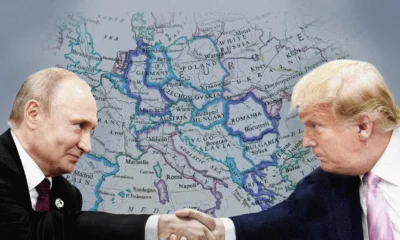

How It’s Not Trump But Vladimir Putin That Europe Is Stinging From: Trump’s U-Turn On Europe, Russia’s Strong Supply Chain—A Formidable Opponent!
-
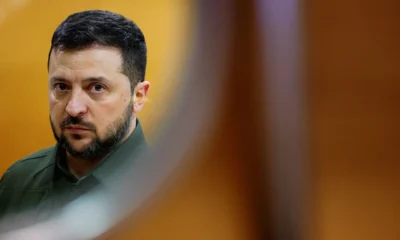

Is Ukraine Now Stuck In The US-Russia Ecosystem? Could Zelensky Have Made A Deal To Stop The War, Is Trump Right?
-


Is AI Rigging German Elections? The Rise Of AfD, And How Young Voters Are Powering AfD’s Surge On Social Media
-
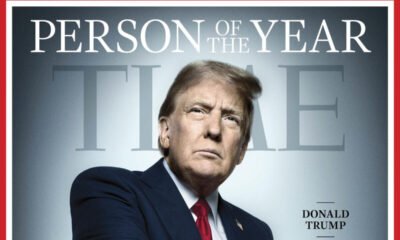

Why Are Japanese Companies Not Happy With Trump? How Trump 2.0 Is Shaking The World Into A ‘Rude’ Awakening?
